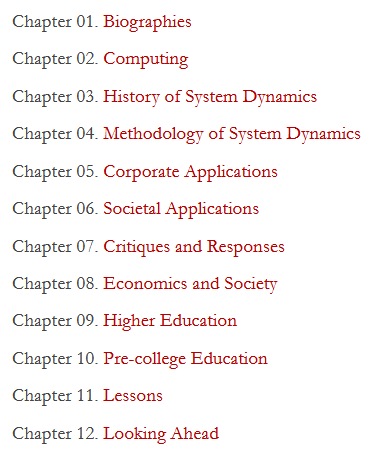Overconsumption isn’t green.
Tesla’s strategy of building electric cars that are simply better than conventional cars has worked brilliantly. They harnessed lust for raw power in service of greener tech (with the help of public subsidies – the other kind of green involved).
That was great, but now it’s time to grow up. Not directly emitting CO2 just isn’t good enough. If personal vehicle transport continues to grow exponentially, it will just run into other limits, especially because renewable electricity is not entirely benign.
The trucks on the horizon are perfect examples. The Cybertruck consumes nearly twice the energy per mile of a Model 3 (and presumably still more if heavily loaded, which is kind of the point of a truck). That power is cheap, so anyone who can afford the capital cost can afford the juice, but if it’s to be renewable, it’s consuming scarce power that could be put to greener purposes than stroking drivers’ egos. It’s also consuming more parking and road space and putting more rubber into waters.
When you consider in addition the effects of driving automation on demand, you get a perfect storm of increased depletion, pollution, congestion and other side effects.
The EV transition isn’t all bad – it’s a big climate mitigation enabler. But I think we could find wiser ways to apply technology and public money that don’t simply move the externalities to other areas.

